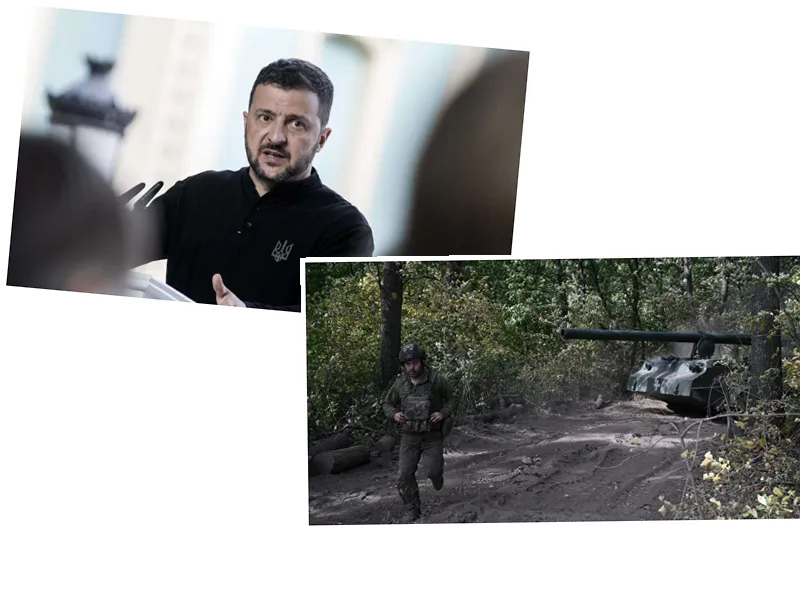EU Approves Plan to Utilize Russian Assets for Ukraine
The nations of the European Union have agreed to seize income from frozen Russian assets within the EU, in a move designed to financially support Ukraine amidst ongoing conflict with Russia. This landmark decision was confirmed during a meeting in Brussels, with the aim of generating between 2.5 to 3 billion euros annually. The meeting of European Affairs Ministers on Tuesday validated an agreement initially reached on May 8, reinforcing the EU's commitment to Ukraine's military defense and reconstruction.
Simultaneously, the United States is urging its G7 partners to adopt a more ambitious financial support strategy. G7 finance ministers, set to meet in Stresa, Italy, will deliberate on a U.S. proposal to provide Ukraine with up to $50 billion in loans. These loans would be guaranteed by future profits from the frozen Russian assets, underlining a collaborative transatlantic effort to aid Ukraine.
Diverging but Complementary Proposals for Financial Aid
Although the EU and U.S. proposals differ, a European diplomatic source has emphasized there is no contradiction between them. According to adopted terms, profits from the frozen assets in Europe for 2024 will be allocated to help Ukraine procure weapons, with 90% of the funds aimed specifically at military purchases and 10% supporting the EU budget. This split showcases the EU's holistic approach to bolstering Ukraine's defensive capabilities while maintaining financial stability within the Union.
However, numerous questions remain unanswered, including the country responsible for issuing the debt and how risks and repayments will be managed if the anticipated profits fail to materialize. These aspects underscore the complexity of the transnational financial support mechanisms being discussed.
Meanwhile, the geopolitical and military situation in Ukraine continues to intensify. Russian advances in the Lugansk region illustrate ongoing conflicts, as troops claim strategic villages. This development exacerbates the pressure on Ukraine's defense and further emphasizes the need for sustained international support. Statements from Russian political figures, including Dmitry Medvedev, renew the hostile rhetoric, marking Ukrainian President Volodymyr Zelensky as a 'legitimate military target.'
The complexities of conducting elections under martial law in Ukraine also draw attention. EU foreign policy spokesperson Peter Stano reaffirmed that Ukraine cannot hold free and fair elections amid systematic attacks from Russia. This context not only impacts governance but also affects international perceptions and the feasibility of democratic processes amidst continuous conflict.
- The geopolitical dimensions of the EU's financial support extend beyond economic aid. The pressing need for alternatives to Russian gas underscores the EU's broader strategy to diminish energy dependencies. Countries like Italy, Slovakia, Austria, and Hungary face imminent deadlines to diversify their energy sources as the trilateral agreement on Russian gas transit through Ukraine nears its expiration at year's end.
- Concurrent Russian military activities highlight the urgency of international aid to Ukraine. Russian forces have resumed pressure in the Donbass region and conducted raids in various western regions, resulting in civilian casualties. Ukrainian defense efforts, marked by intercepting drones and missiles, reflect a relentless struggle against ongoing aggressions.
- The Kremlin's response to Ukraine's diplomatic and military maneuvers underscore the strained dynamics between the conflicting nations. Accusations from Moscow regarding Ukraine's attempts to seek further Western support, coupled with claims of Ukrainian force's bombings of civilian facilities, paint a stark picture of the ongoing conflict's brutal reality.






